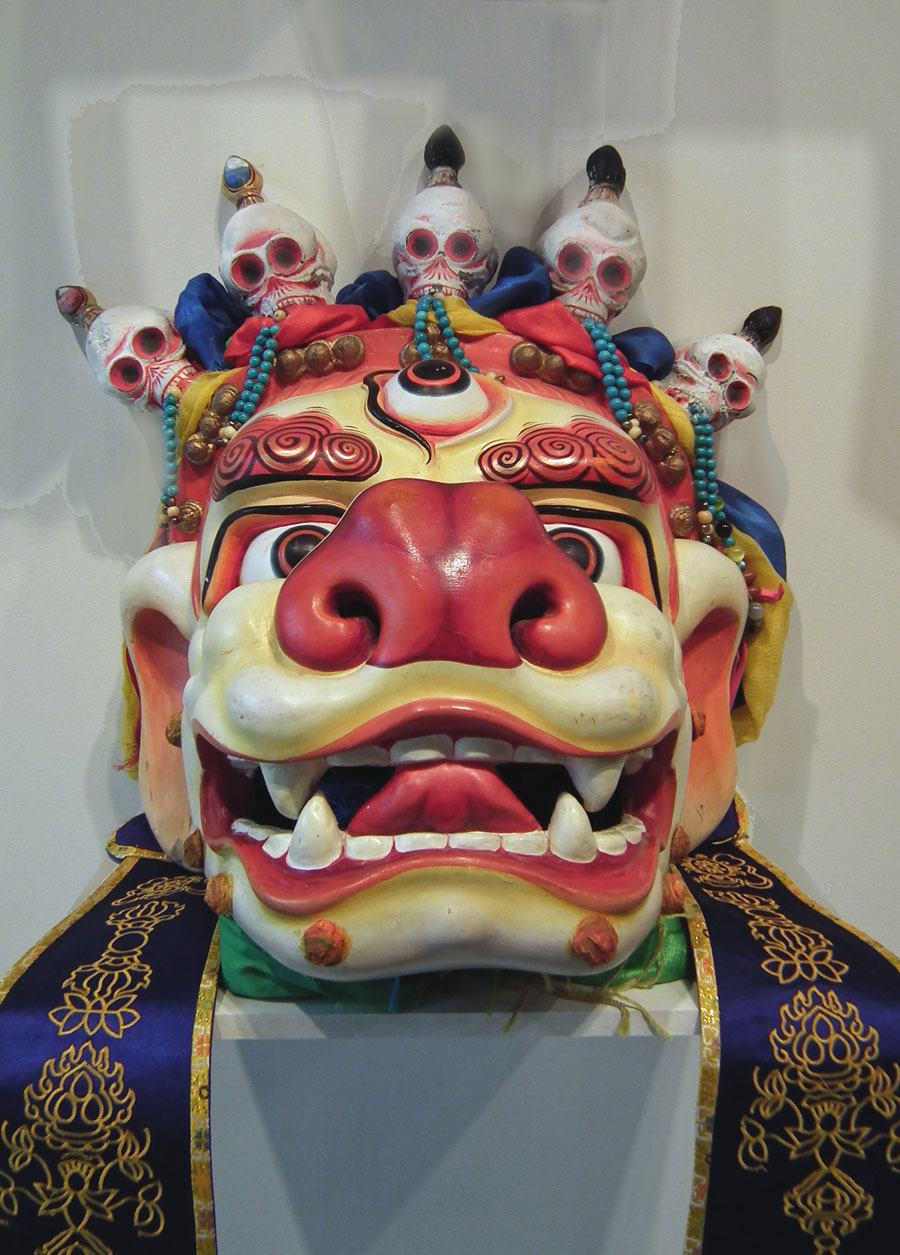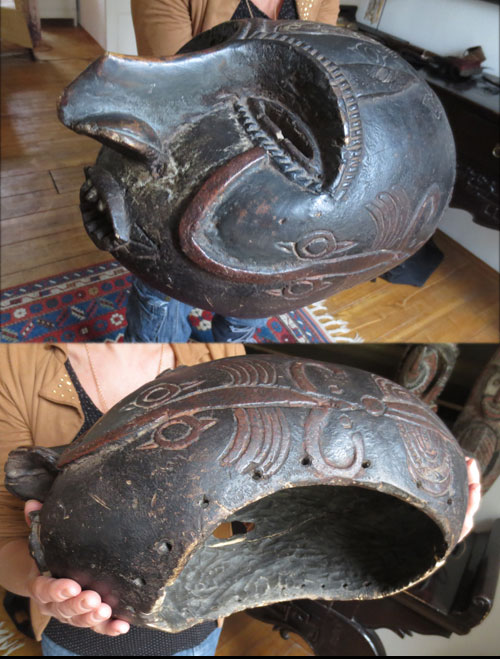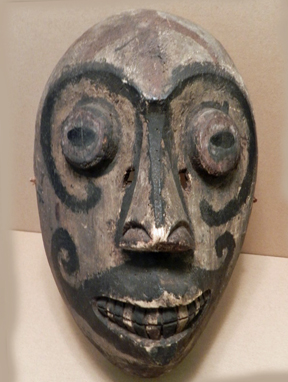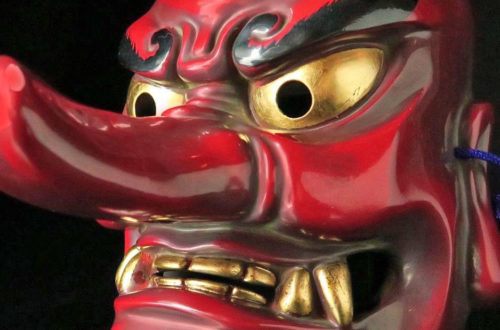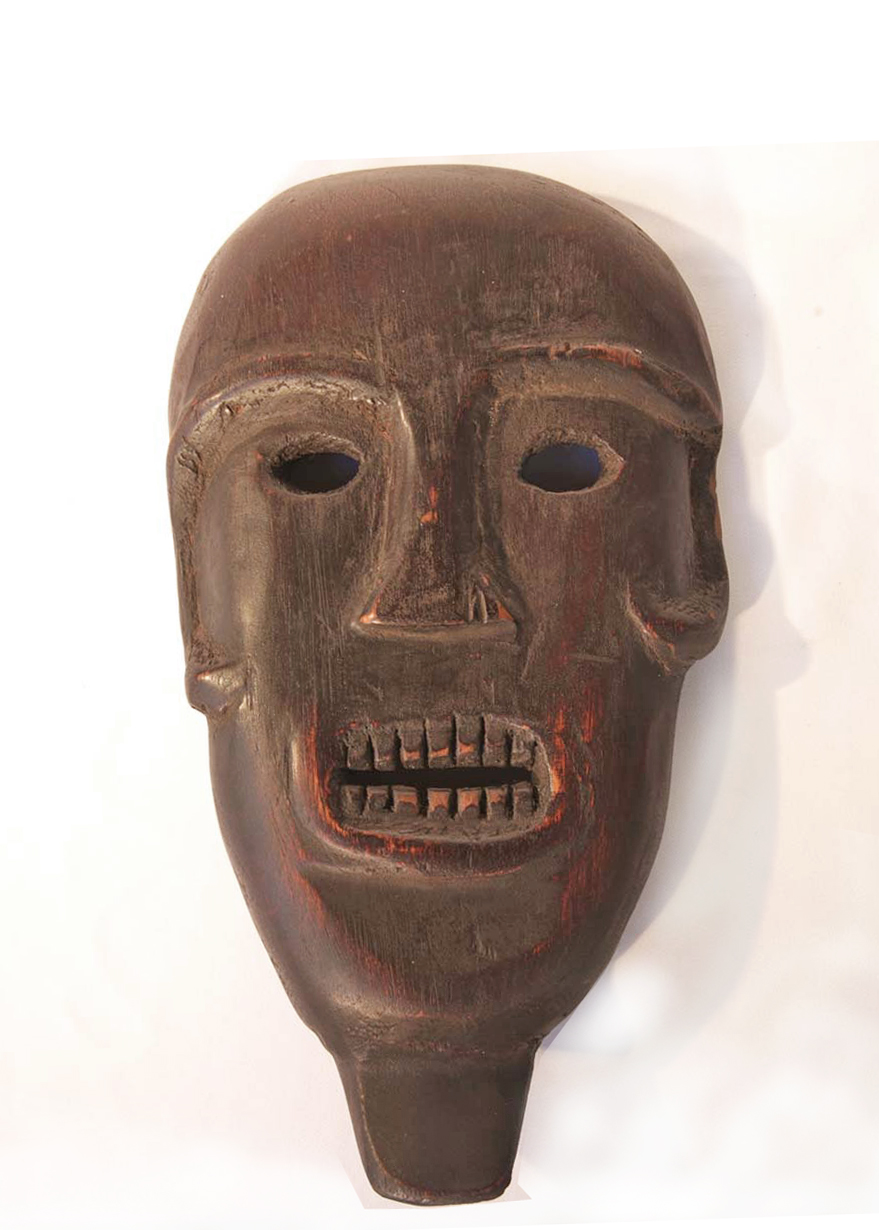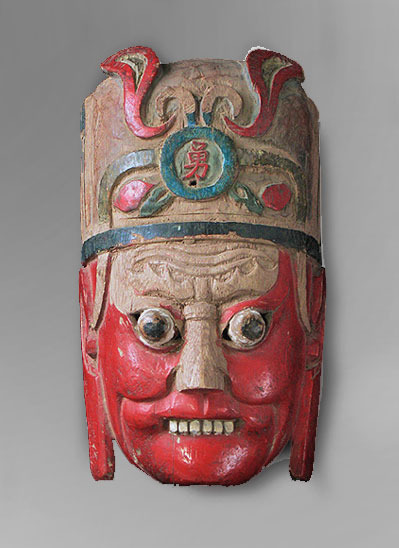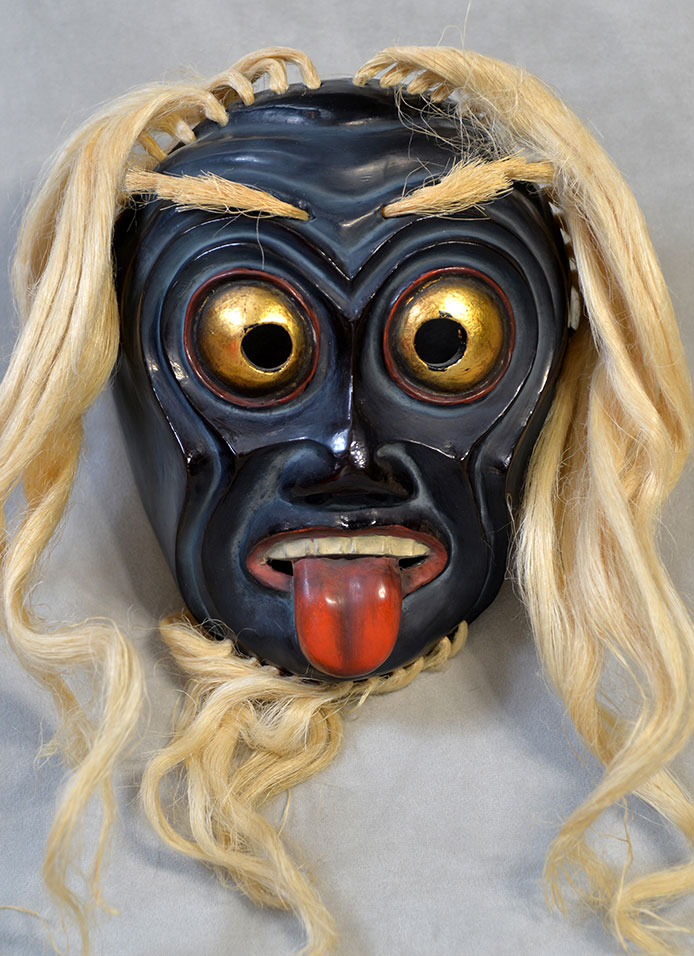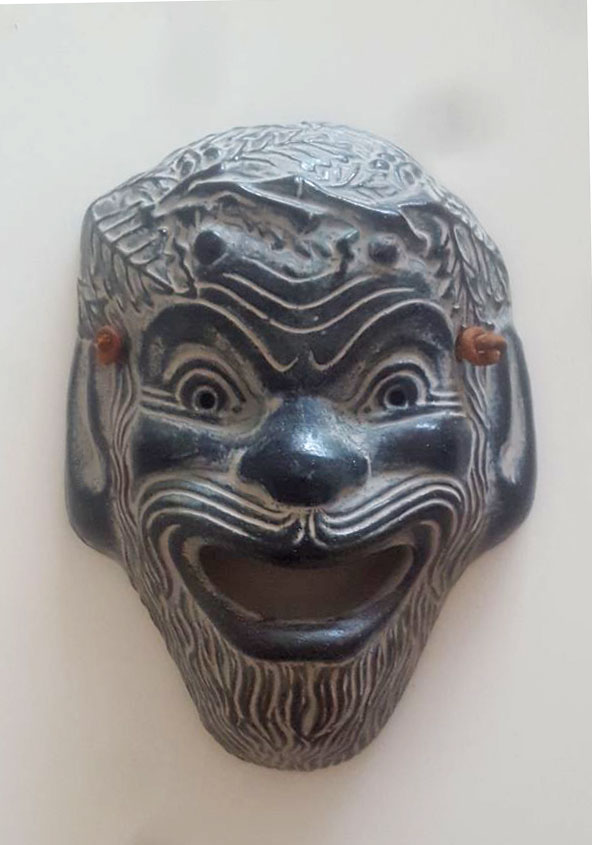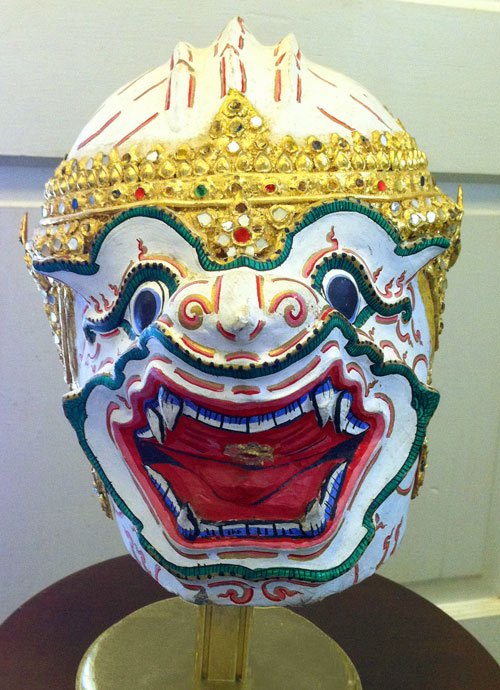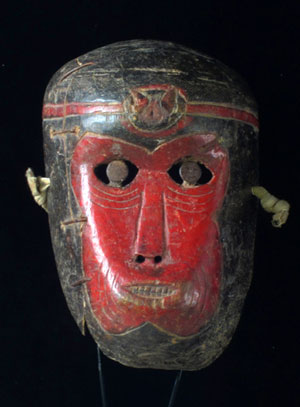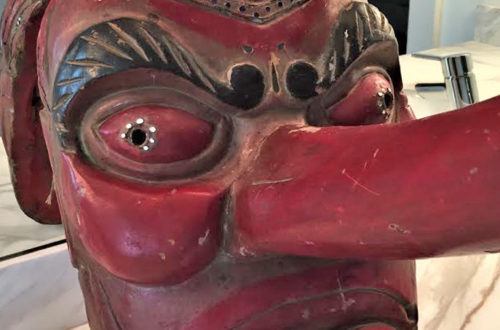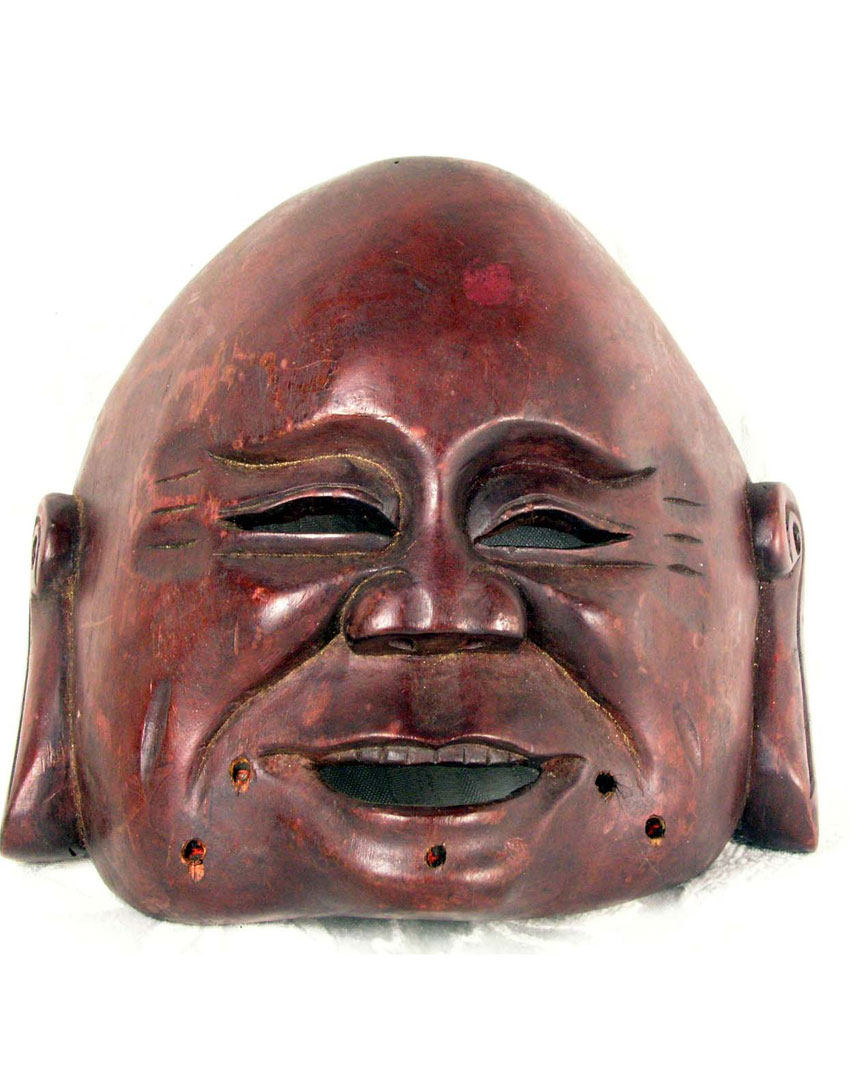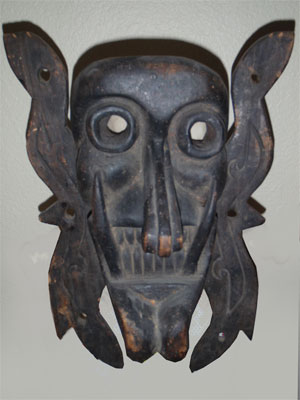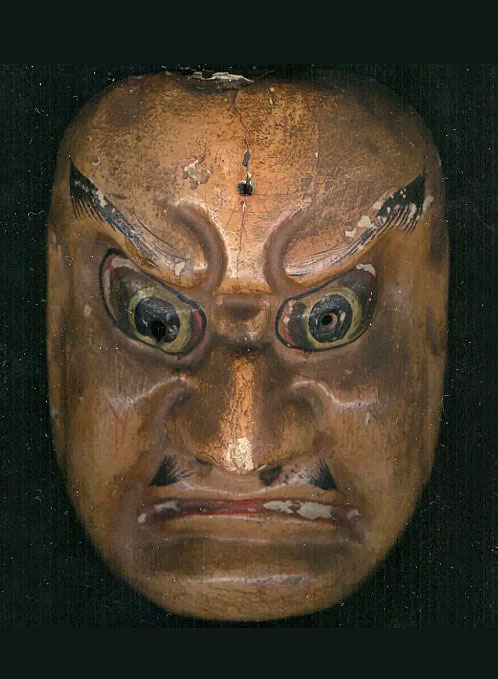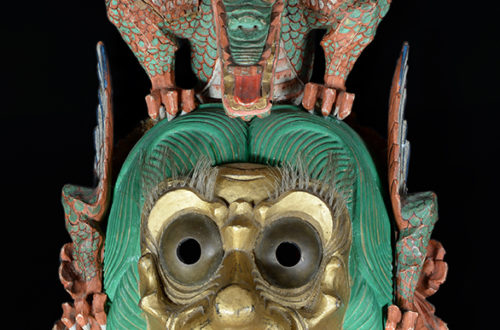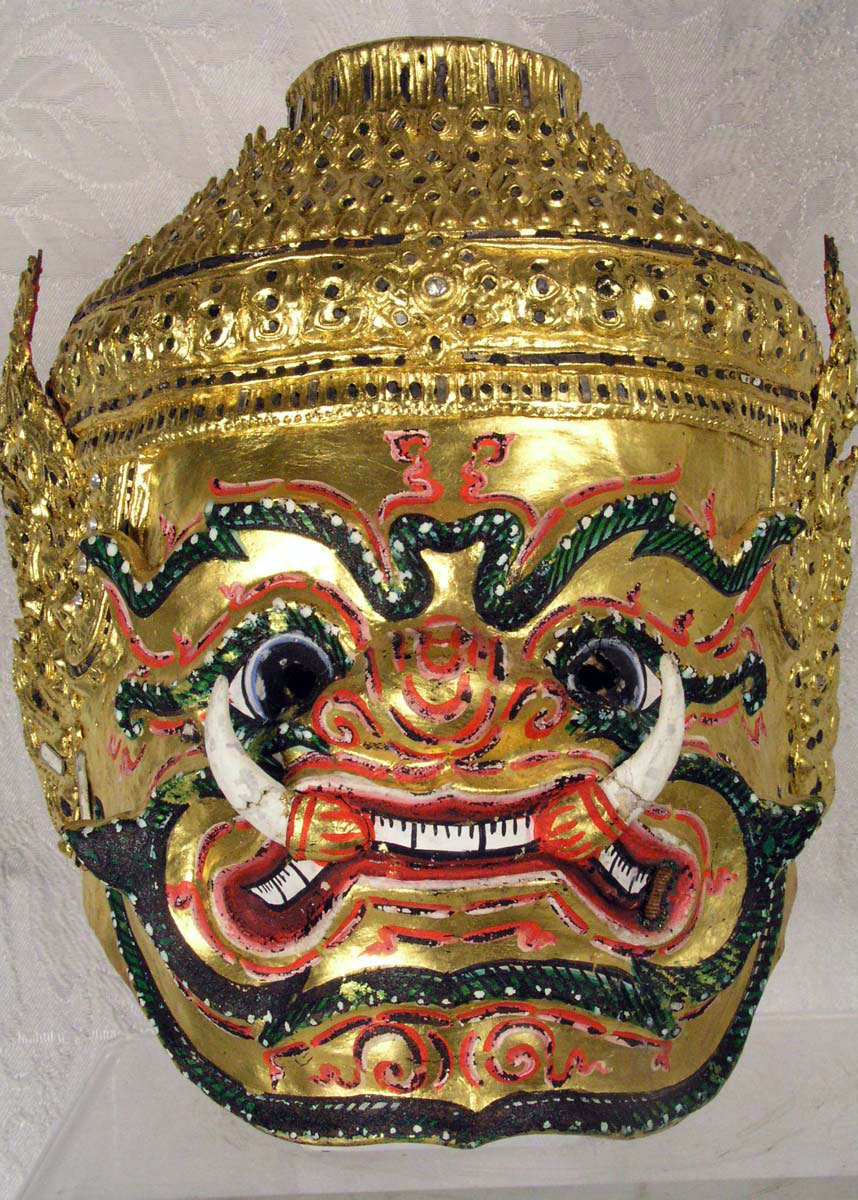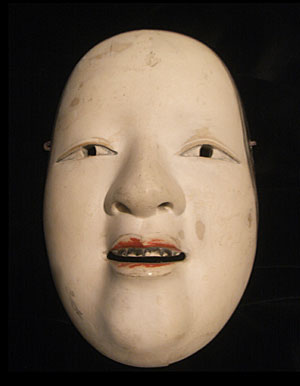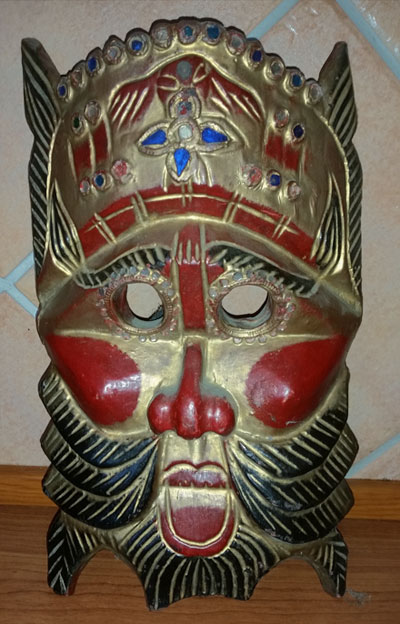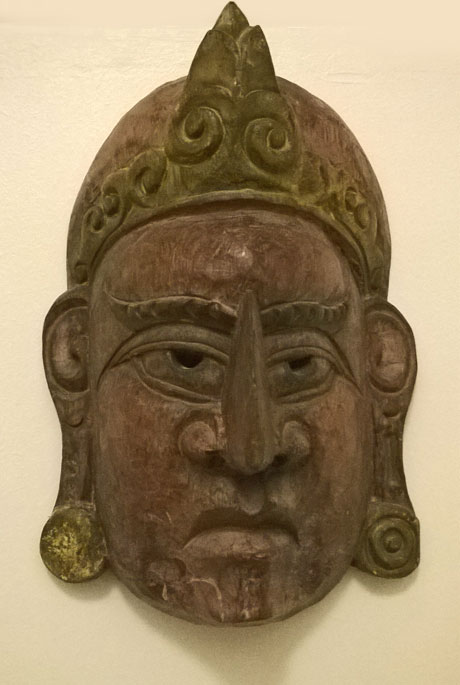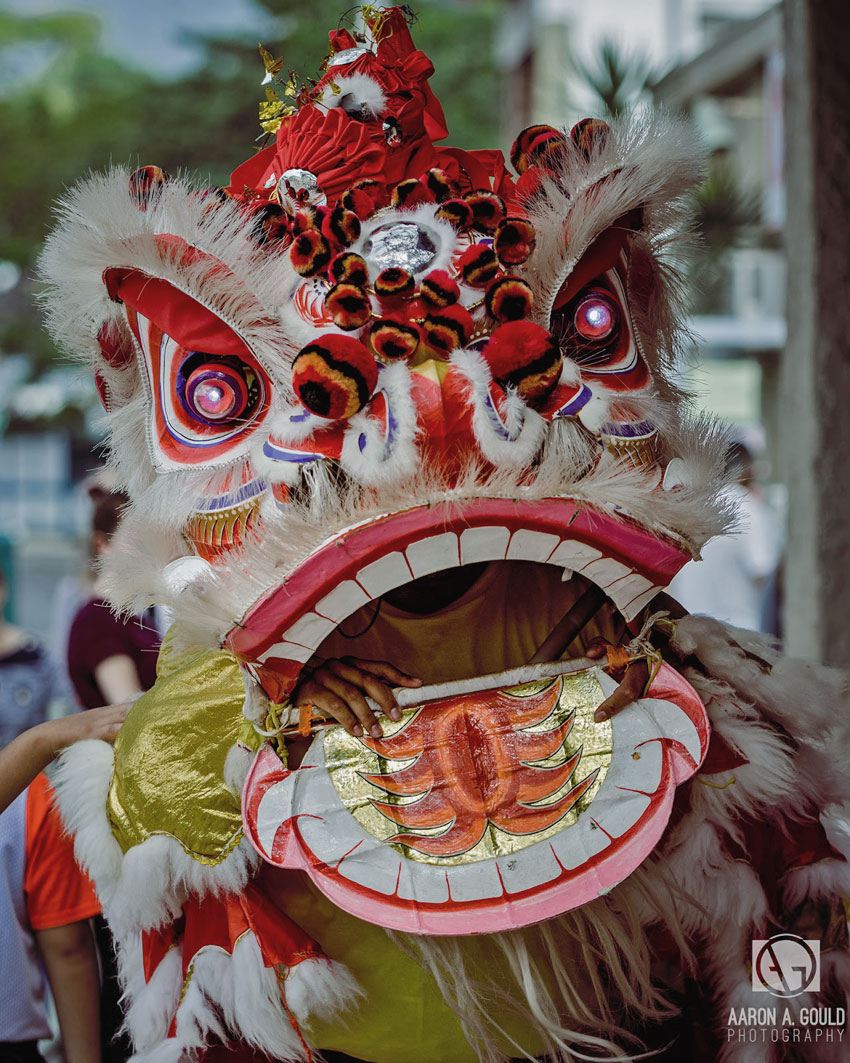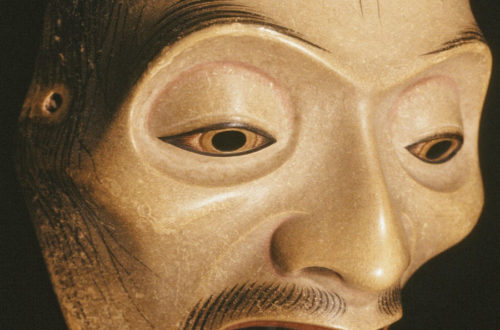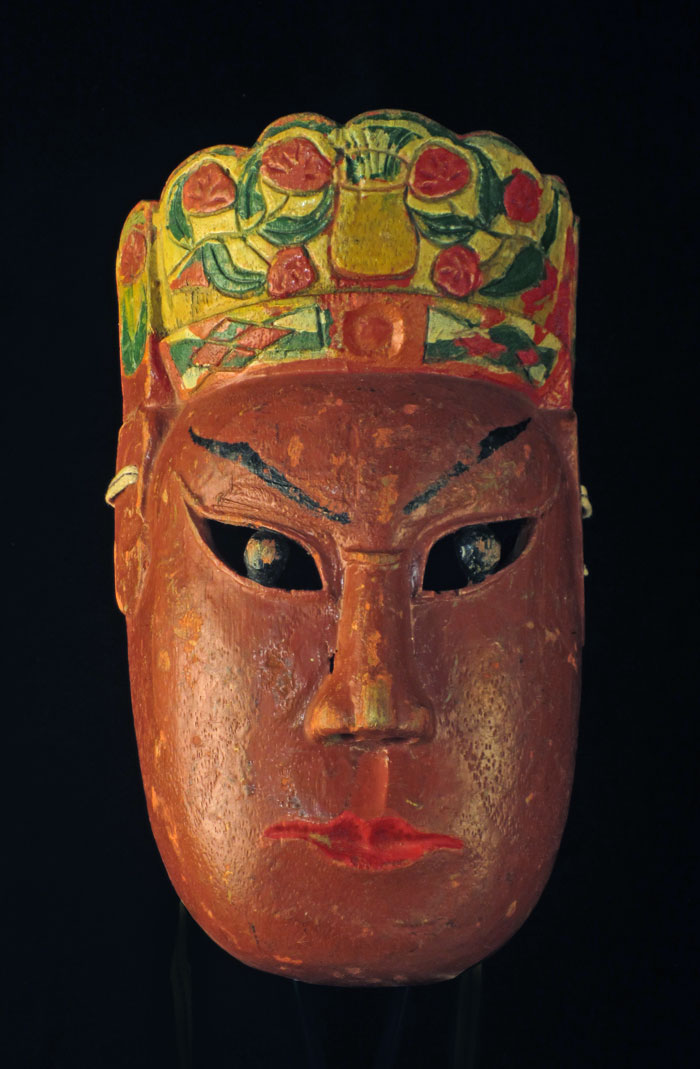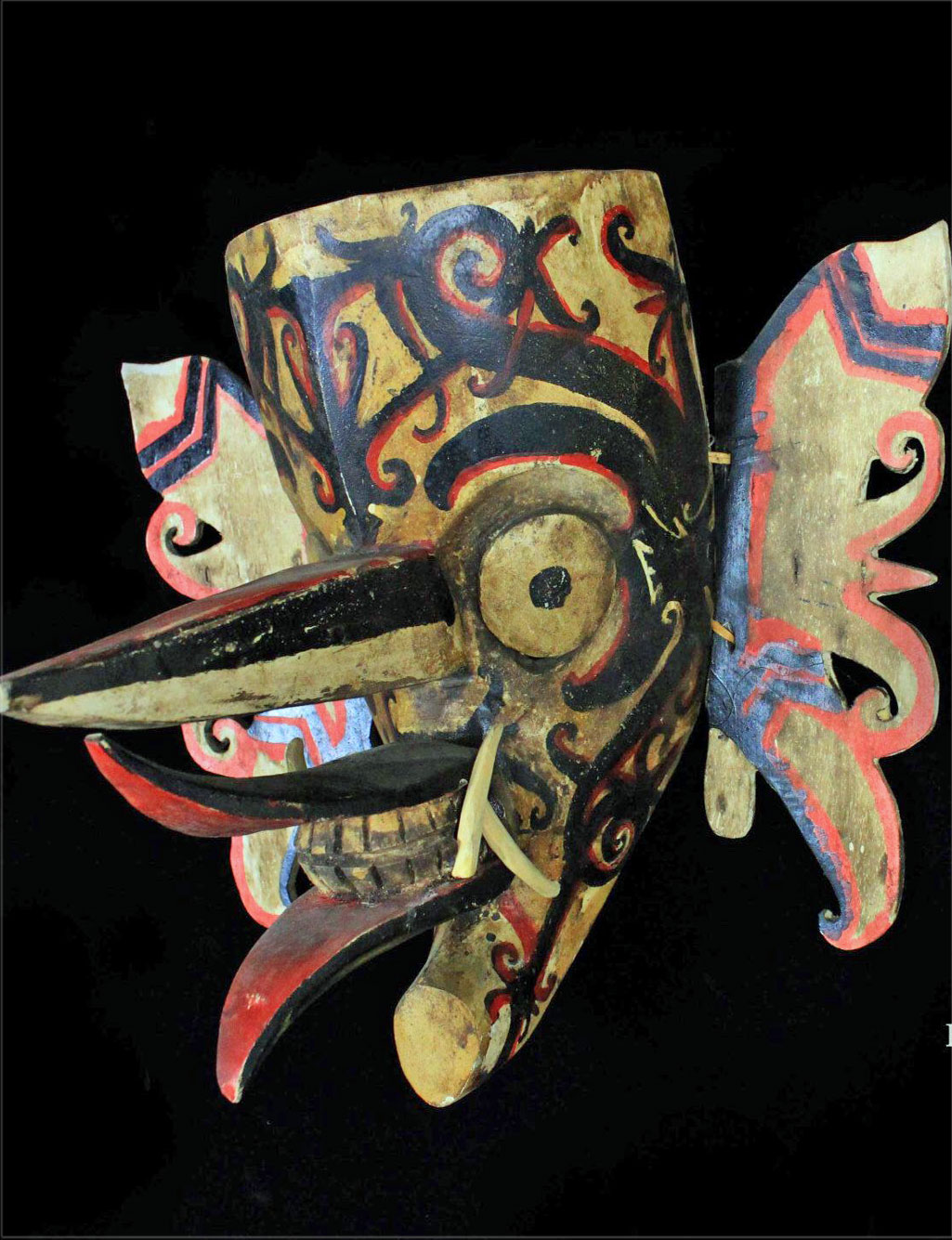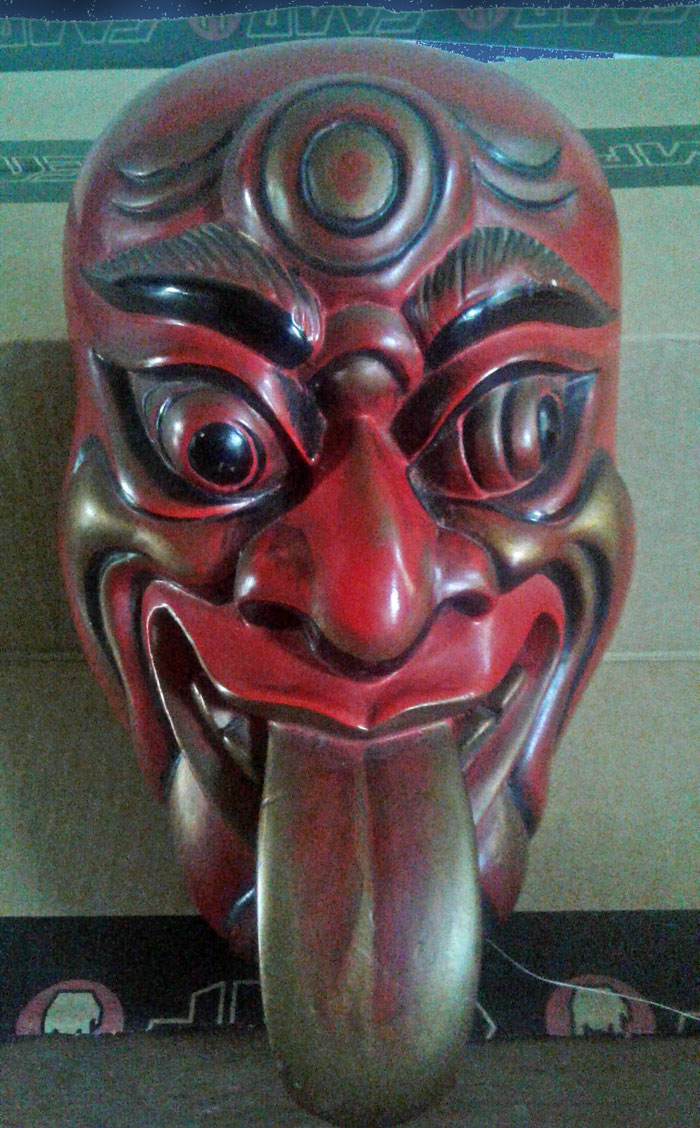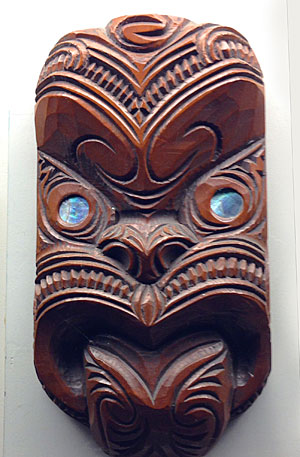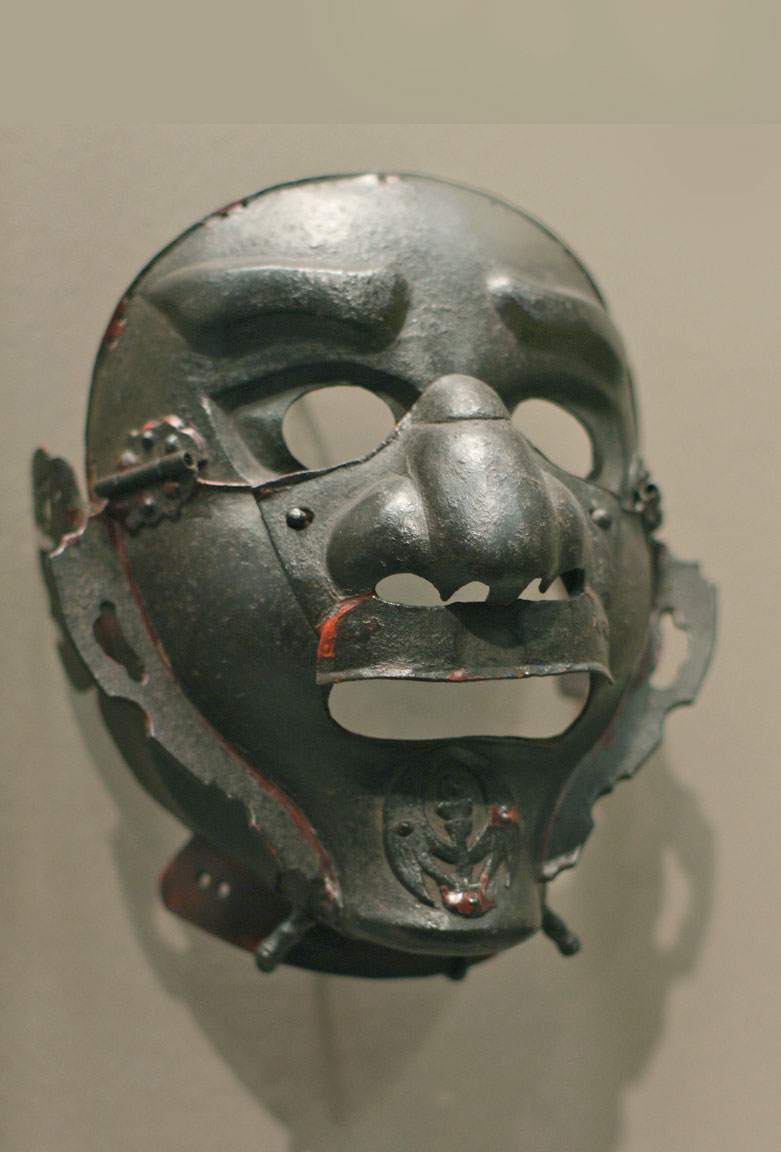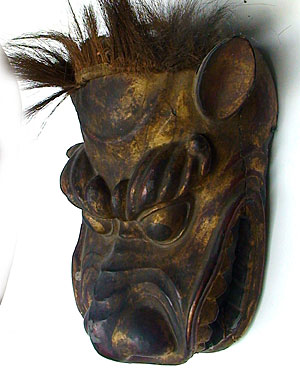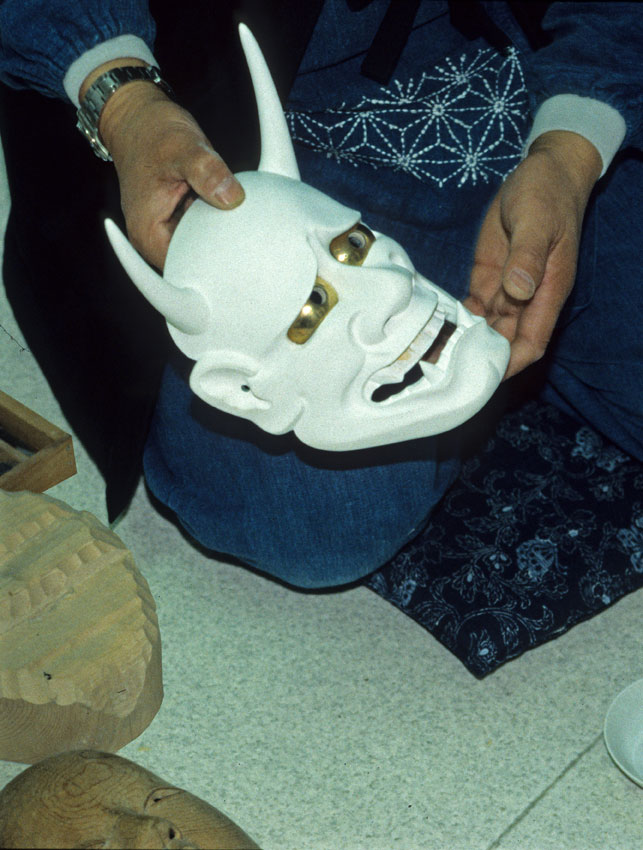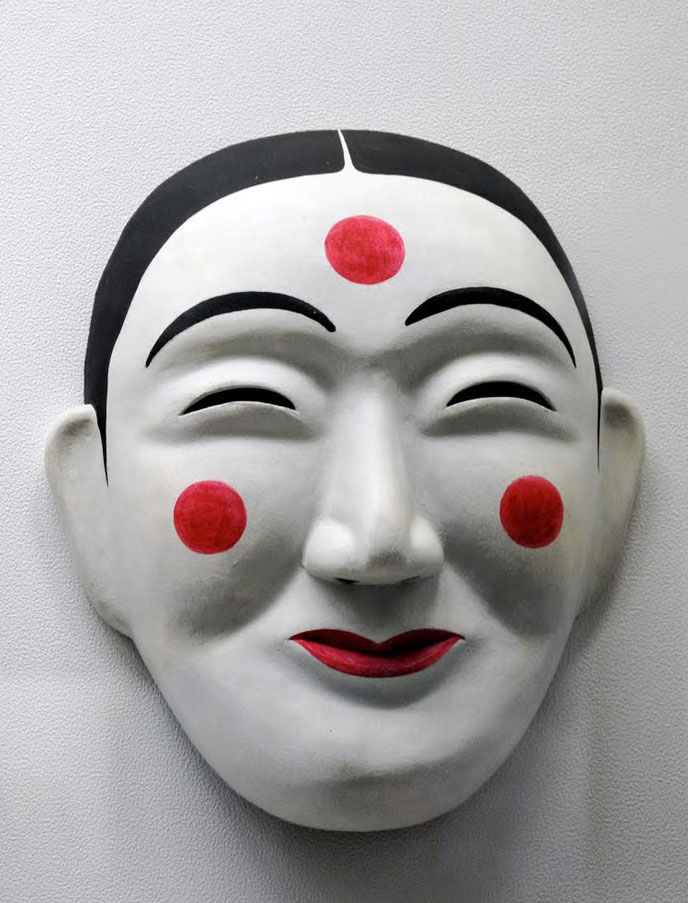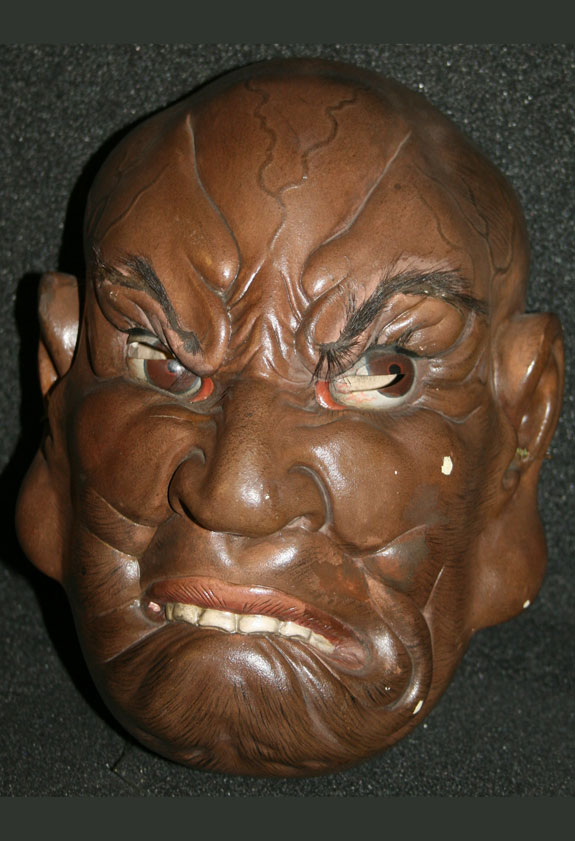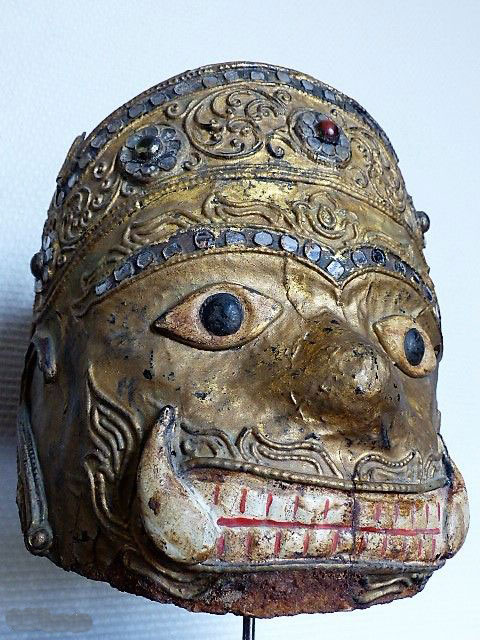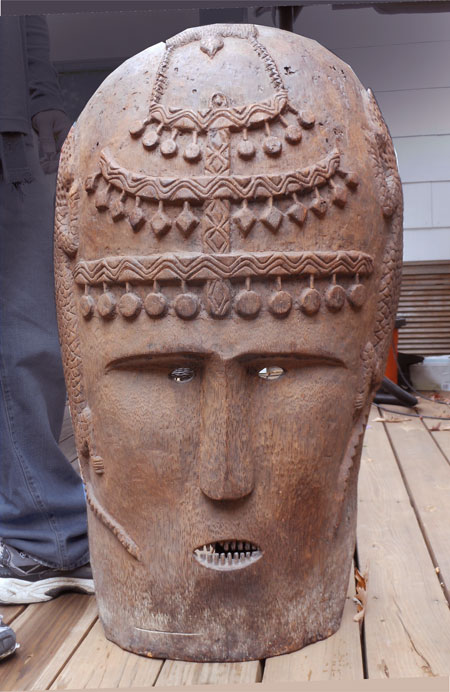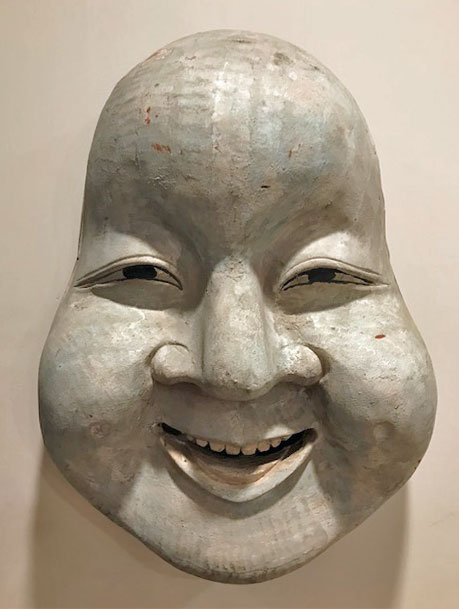Mongolia, once the second largest empire in the world, is north of both Tibet and China. So the prominent religion of Buddhism is shared with Tibet, and the Mahakala mask is also made for ceremony in Mongolia. This is a good example of the northern version of this famous mask. Can you tell the difference? It is very close, so I have archived this mask under both “East Asia” and “India & Himalayas.” Here is a little more history. Since time immemorial Mongolia has been occupied by tribes whose nomadic existence was dictated by the rugged topography and extreme climate of this vast region. More often fragmented than unified, these…
-
-
Mask from Timor, East Asia
The island of Timor gave rise to a distinctive tradition of dance masks whose precise origins and significance remain uncertain. What information exists suggests that many of the masks originated in East Timor. Portraying both male and female ancestors, they were worn by men during dances and other ceremonies, including celebrations of victory in war. When in use, the masks were typically painted, adorned with strips of hide or bristles representing facial hair, and worn with a headdress or hood that covered the head to further conceal the dancer’s identity. Some masks were made from perishable materials, but wood examples, such as this highly polished and deeply patinated work, were…
-
Small copy of ancient Japanese mask
Q: If possible I would like to know more about this mask. I bought it at a yard sale for next to nothing. It’s not a mask I can identify anything about, so any information would be appreciated. Specifically interested in what culture, location or time frame it comes from and if it is a recent replica, what style it is based on. Leander, 1421 A: The inspiration for our little souvenir is a Gigaku mask that was used in 8th century Japan with music and dance for the upper classes. This scaled-down copy was probably made 2000 years later as an inexpensive piece of wall decor. C And now,…
-
Chinese character mask
Q: I have another mask that I would like to ask you to please look at for me. This one is labeled Taiwan. It is a very dark red wood, perhaps mahogany? It is 1.5″ thick in parts, and is fairly heavy, almost 2 lbs. An interesting feature is that there are 5 holes around the underside of its mouth. There are bristles that have been cut protruding from these holes, which makes me think it must have had whiskers at one time, which someone removed. It measures just about 10″ across, and 9″ in height. Do you have a any ideas about this one’s purpose or origins? It appears…
-
Beautiful Khon mask from Thailand
Q: This is one I researched and found good info on. It was picked up in Thailand, and is a Khon mask, worn by actors in the traditional Ramakien dramas. This particular mask is Thotsaken, who is the chief demon in their Hindu based drama. It is actually three pieces, the first main part that goes over the actor’s head is Thotsaken, the middle piece shows multiple faces and connects to the pleasant looking face on the third top piece, which is supposed to be an angel or female heavenly being. This mask has obviously been used, and it was made with great care and painstaking attention to detail. I…
-
Chinese dragon mask
On the biggest holiday of the year in the most populous country in the world, various masks are worn during week-long celebrations to ring in the new year. Made from materials including stones, metal and leather, these colorful masks are designed to display the moods and emotions associated with the festival. The masks represent the deities, spirits and fabled animals that Chinese New Year mythology originated from. This one is the famous dragon of the New Year’s parade. Because of the huge Chinese diaspora you can see them in many countries around the world. In yesterday’s post there are some masks that are only seen in a few, small countries…
-
Big bird from Borneo
This is a rough but colorful hudoq mask. In the Dayak language hudoq means hornbill bird. These famous masks are worn during agricultural ceremonies and to welcome important guests. Like so many ethnographic artifacts from around the world, the design is highly abstracted art that can only be understood by members of the culture. The colors are always a strong red, white and black. Collectors love to display them and they are always in demand. 1364
-
Samurai metal face mask
Solid metal masks were used by the samurais to protect their face in combat. Along with a large helmet and armor over all of his body, the warrior was well protected. A colorful and rather frightening appearance was also important. The superb set of full-body armor from the 18th century is the second photo. Its facial armor is not the same as the close-up. I will categories this mask in both the East Asia and Protection categories. Beautiful work! Japanese folk art, from masks to clay pots, has always been the best in the world… in my humble opinion.
-
Korean masks
In the Republic of Korea, you can watch a traditional masked dance called Cheoyongmu, which features a cast of characters who each wear a different type of mask. The masks come with black cloth attached to the sides of the mask designed to cover the back of the head and also to simulate black hair. They are used for dances, and are sold to collectors and tourists. There are two ways to categorize masks: religious masks and artistic masks. Religious masks were often used to ward off evil spirits and the artistic masks are mostly used in dances and theater shows. Masks which are use for dance in Korea come…
-
Old khon mask
Q: I’ve just found this mask. It looks like a khon mask but from where? Burma or India? Have you some idea about this? Eric, 1314 A: I’ve never seen a kohn mask from either Burma or India, so I assume it is an old example from Thailand. Sometimes they are danced, but they are also displayed in holy places. Life sized, it is made from layers of papier-mache and plaster. Gold leaf and colored glass and jewels are applied along with some paint. Because of its age I think you should do more research. This might be of interest to serious collectors. A
